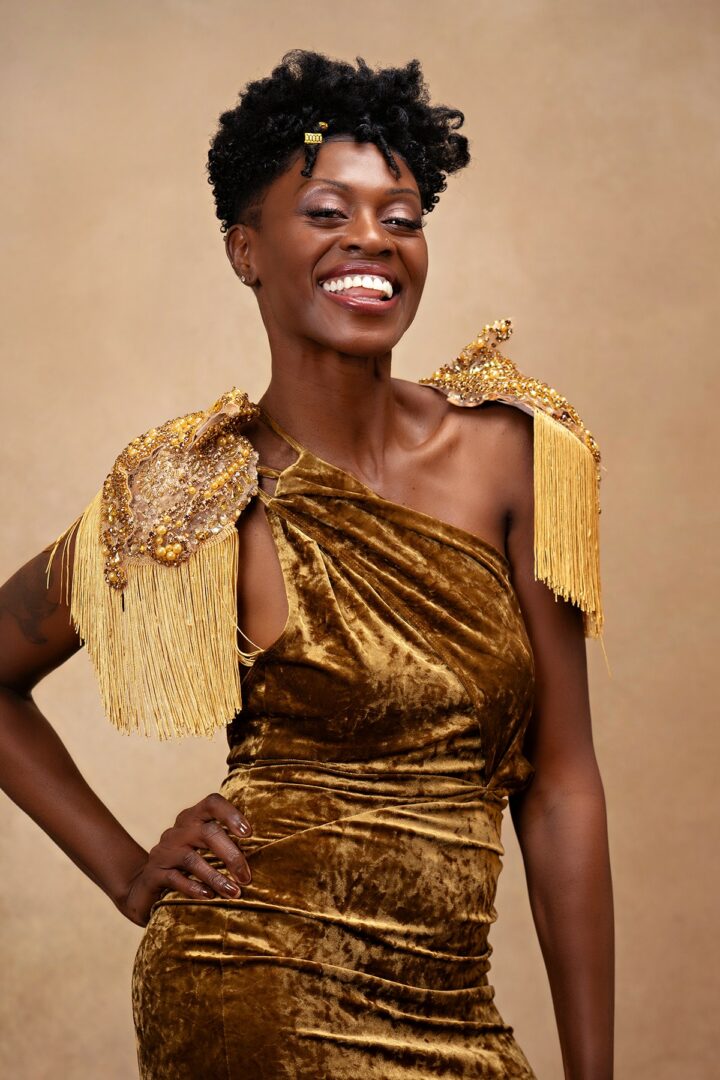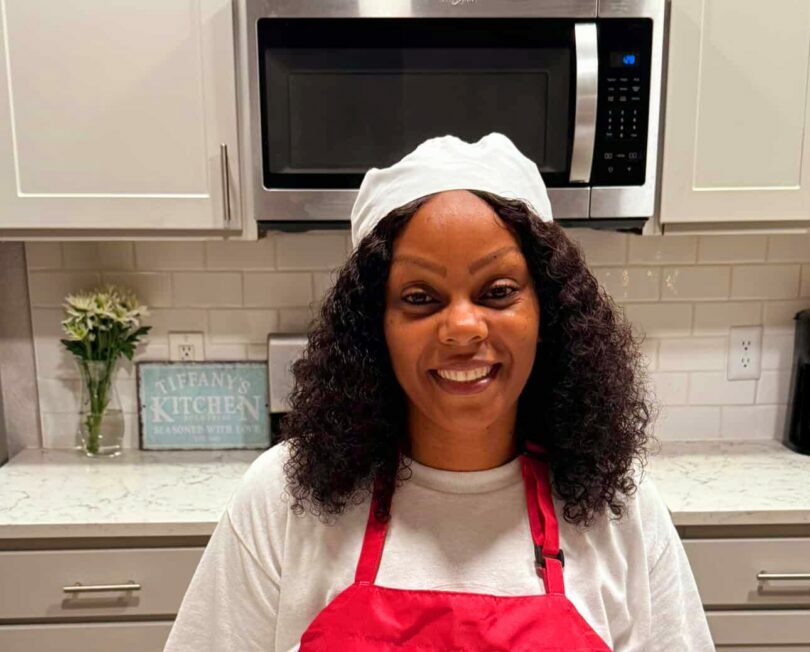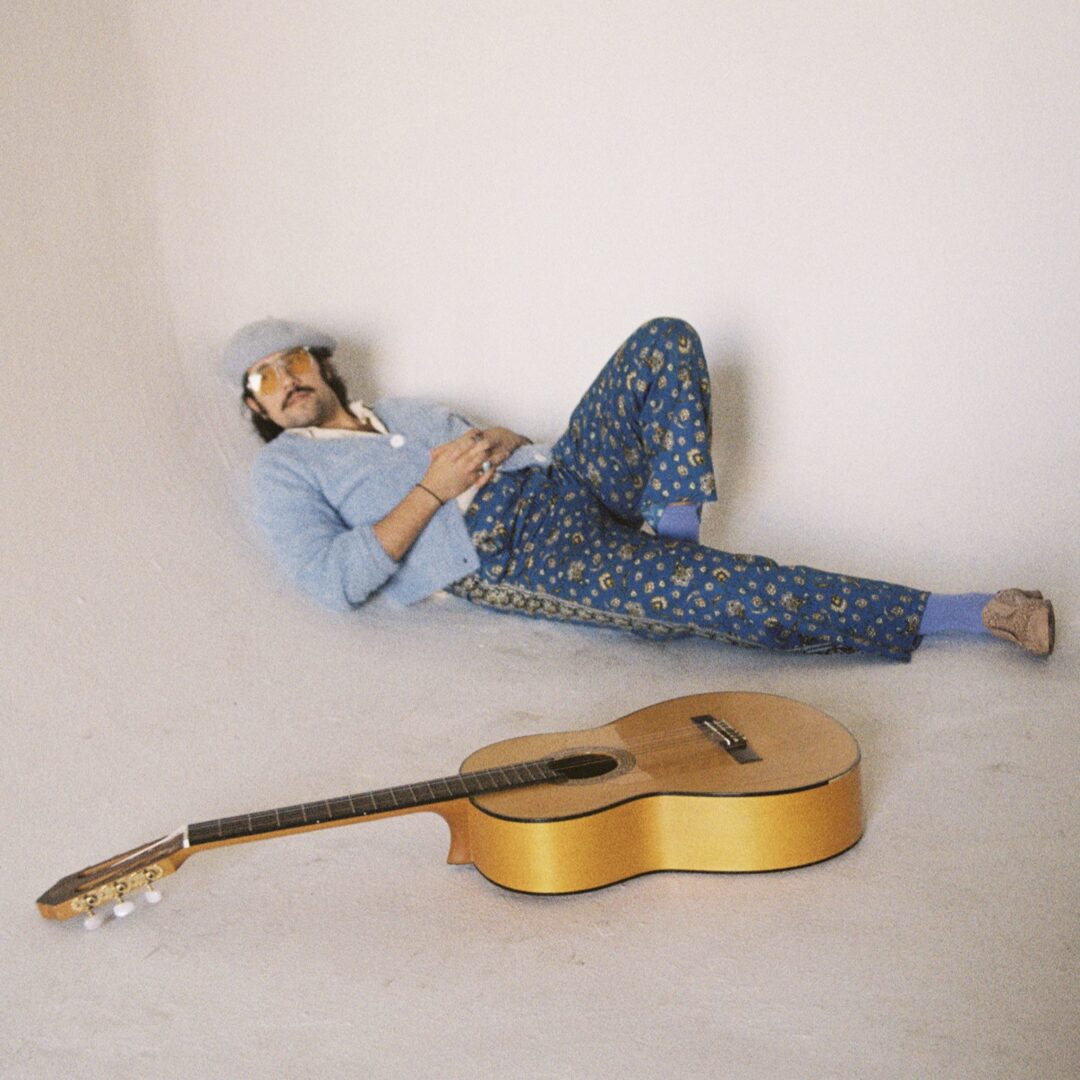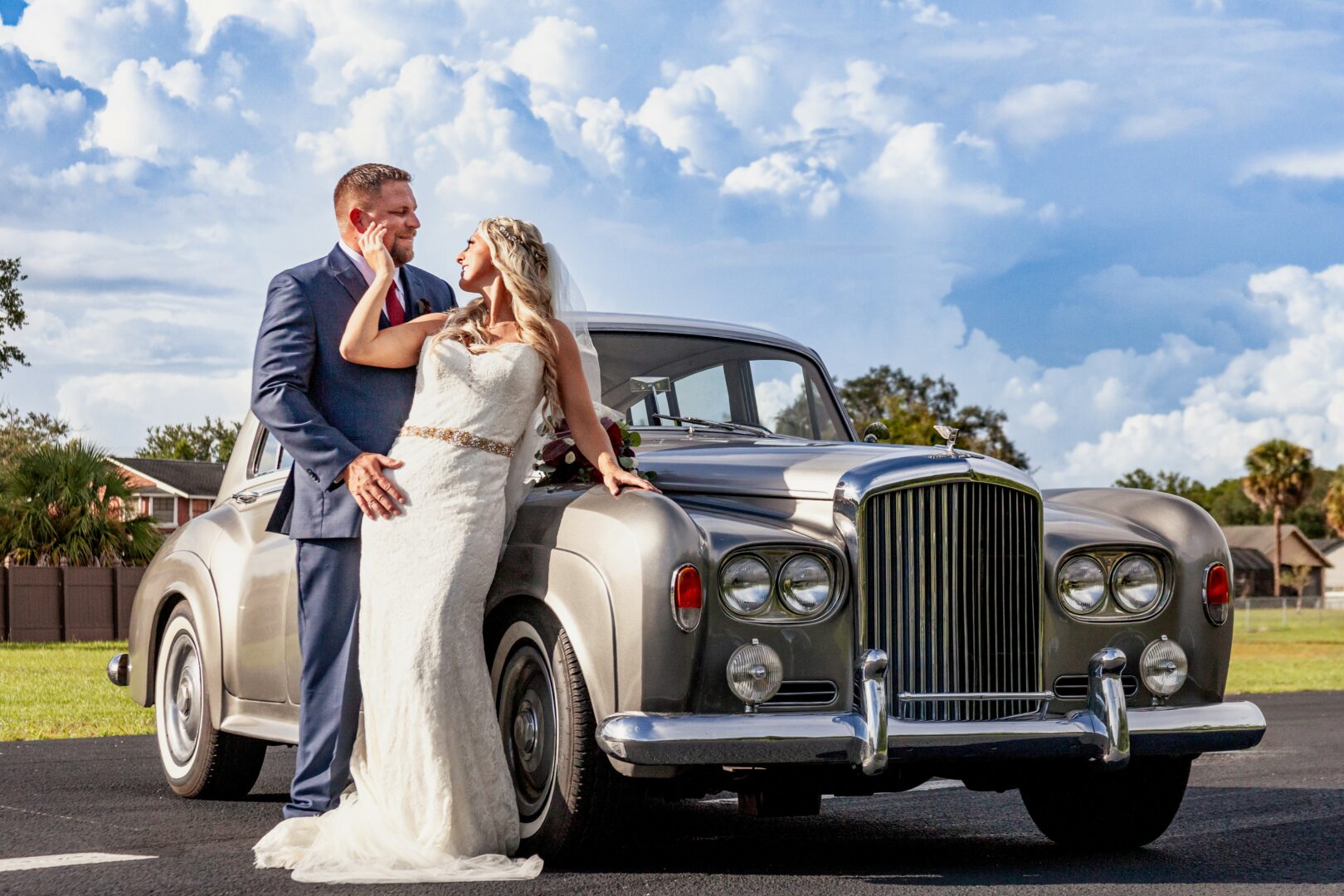Alright – so today we’ve got the honor of introducing you to Stephanie Moore. We think you’ll enjoy our conversation, we’ve shared it below.
Stephanie, we’re thrilled to have you sharing your thoughts and lessons with our community. So, for folks who are at a stage in their life or career where they are trying to be more resilient, can you share where you get your resilience from?
I am 40 years old, but I was raised Rapunsel-style in an old farmhouse in the middle of the wilderness. There are not many people in my age bracket who understand what it must have been like living in the “olden days,” but I do.
My childhood home was built as an old pool hall for the horse logging camps in the early 1900’s. It was on 7,000 acres in Southeastern BC, which my great grandfather purchased from CP Rail. We didn’t have electricity, running water, or indoor plumbing, because my parents could not afford to connect services to the cabin. It was the early 90’s, and we were wild & free.
We grew most of our own food, hunted, and had to draw water from a natural spring in the ground. All of our water had to be boiled on an old McClary Triumph wood stove from the 1920s before we could drink it- which was fuelled by firewood we had to cut ourselves.
Living was survival. If you didn’t work, you didn’t eat. We fed and raised farm animals as pets, and also as food. We started the days with chores, making sure that everything was taken care of. We didn’t have television, but sometimes would get to listen to our old radio for entertainment. We were held captive by tales woven in brittle pages of thrift store books, all with their own character. We told stories in the flickering lights of candles, or by the light of our propane lamps. We knew that we all had jobs, and purpose to work together. It was a simple life- but we loved each other and made every moment count.
In those nights of stories told beside the dying embers of a wood stove, my curiosity about people was born. It grew into a passion for portraiture- and I became the portrait photographer I am today. Hard work was engrained in every fibre of my being, with a will to survive and overcome obstacles. Creativity from using my imagination instead of being force fed thoughts and ideas from a television in my formative years became the road map. When challenges arose, I doubled down, knowing I could do hard things to create positive change. I dug deep into the lives, emotions, and fears of my clients, helping them through body dysmorphia and faulty value systems to finally embrace their worth.


Thanks for sharing that. So, before we get any further into our conversation, can you tell our readers a bit about yourself and what you’re working on?
As a portrait photographer, I believe that each person is a story waiting to be told. Humans are such multifaceted, unique beings, and every face holds a world of experiences—joys, fears, triumphs, and challenges—that deserve to be celebrated. My passion lies in capturing these stories, not just through a camera, but through the essence of who a person truly is.
It all starts long before the camera clicks. During the consultation phase with new clients, I take the time to truly get to know them—understanding their interests, passions, and the essence of what makes them, them. This connection is the foundation of the photography session. The goal is not just to take a photo but to create an experience that allows them to see themselves in a light that’s real and beautiful. By incorporating meaningful locations, favourite activities, and personal props, I aim to craft a portrait that is an authentic reflection of the person in front of me.
Each image I create is more than just a snapshot. It’s a time capsule—a visual record of who they are at that exact moment in time, celebrating the unique journey they’ve traveled, including the adversity they’ve overcome. I want the people who know them best to look at the portrait and immediately recognize its authenticity. It’s this truth and vulnerability that makes a portrait so powerful; it captures the heart of a person, not just their appearance.
Photography is not just a job for me; it’s a way to walk alongside my clients through the most pivotal moments of their lives. I’ve had the honour of capturing family portraits for the Children’s Wish Foundation, where the photographs I created would be the last memories families would have together. There’s an immense responsibility in creating such lasting legacies, but it’s also a privilege. I’ve photographed clients navigating painful divorces, celebrating new love, welcoming babies, embracing new careers, and memorializing aging pets. Some sessions mark the beginning of new chapters, while others capture the final moments of a loved one’s life. These photographs become treasures—pieces of history that carry deep emotional weight.
What I love most about portrait photography is the ability to validate the emotions and experiences of my clients. We often navigate complicated, raw emotions together during a session, and it’s this space of compassion and understanding that allows people to feel truly seen. I approach each session with genuine curiosity, taking the time to appreciate my clients for who they are and to create a safe, authentic space where they can simply be themselves.
The power of portraiture lies in its ability to freeze a moment of human connection, an intimate, fleeting second in time that holds so much meaning. It’s a tool for not only remembering but also for reflecting, growing, and healing. I’ve seen firsthand how a portrait can become a source of strength and comfort for families, how it can bring back memories of love, loss, or even quiet moments of joy.
Lately, I’ve expanded my focus to helping other photographers and creatives connect with their clients on a deeper level. Through my educational program, I’ve been working to help others break through the fear and self-doubt that often block true connection. Being vulnerable with clients isn’t easy, but it’s essential for creating authentic, meaningful portraits. I help photographers discover their own value system, guiding them through the process of building confidence and creating an environment where they—and their clients—can take creative risks and produce work that’s deeply personal.
The beauty of portrait photography is that it’s not just about the pictures—it’s about the people behind them. It’s about hearing their stories, sharing in their experiences, and capturing the fleeting moments that define us all. When a portrait truly connects with its subject, it becomes more than just an image—it becomes a legacy.

If you had to pick three qualities that are most important to develop, which three would you say matter most?
As a photographer, I’ve spent two decades capturing moments that tell a story, often through a lens that seeks to find the perfect shot. But, in truth, the most valuable lessons I’ve learned have little to do with photography itself. Over the years, I’ve discovered that growth, fulfillment, and the path to finding your true voice are about embracing what makes you you—your stories, your unique perspective, and yes, even your struggles.
One of the most powerful truths I’ve realized is that not everyone has to like you. You don’t have to shrink yourself down or tailor your life to meet the approval of others. It’s okay to be a little polarizing. The very qualities that make you different—your unique vision, your quirks, your experiences—are the things that set you apart. You don’t need to homogenize yourself into little bite-sized pieces in an attempt to please everyone. Instead, allow your true self to shine.
When you let your individuality stand out, you attract the people who are meant to align with your energy. Your authenticity will resonate with those who appreciate it most. Some will lean into your story, curious for more; others may step back, unsure or uninterested. But that’s okay. You’re not meant to please everyone: you’re not tacos—you’re an individual with your own voice, your own path. Find your people, and be unapologetically yourself.
Another lesson I’ve learned is that tragedy and loss—though deeply painful—can lead to some of the most transformative moments of your life. I went through a period where 11 of my close friends and family members passed away in just 18 months. That level of loss changed the way I viewed hardship. I came to understand that even in the most desolate, chaotic moments—when life feels like it’s fallen apart—there is still hope. It’s like a field of trash and ruin in an open pit dump, and then, suddenly, a single perfect flower blooms. Against all odds, beauty rises, and I can say God met me there. That was a moment of Divine intervention.
It’s those moments of beauty in the middle of the mess that have kept me going. They remind me that even in the darkest times, there is a plan and a purpose. Whether you’re dealing with death, divorce, or any kind of loss, it’s okay to grieve. It’s okay to cry, to hurt, to be unsure of what’s next. But in the midst of it all, I know this: there is meaning in the mess, and there is healing on the other side. My mess has become my message, and that has allowed me to truly connect with others in ways I never could have imagined. It takes the condescension out of walking with someone through their pain, because I can say, “I’ve been there, too. Take my hand, and we’ll walk through this together.”
Fear, too, has been a constant teacher in my journey. I’ve come to realize that fear is not a barrier—it’s part of the process. Whenever we face something worth doing, fear and doubt are inevitable companions. They aren’t signs to stop; they are indicators that we care deeply about what we are pursuing. Fear is simply a signal that you are on the edge of something big, something meaningful. The trick is not to run from it, but to lean into it, to listen to what it’s trying to tell you, and to keep moving forward anyway. I often ask myself: “What’s the worst that could happen?” If I fail, I know I will learn from it. I will rise, shake off the dust, and try again. It’s all part of the journey—the messy, wonderful adventure of being human.
To those who are starting out, to those standing at the edge of something new, facing the fear of the unknown, know this: You matter. Your voice matters. The struggles you are facing right now are not a reflection of your worth. Everything you have overcome in your life so far has prepared you for this very moment. Trust the process, trust your purpose, and most of all, trust yourself. Lean on those who believe in you, and keep moving forward. On the other side of fear is a life rich with experience, growth, and connection.

One of our goals is to help like-minded folks with similar goals connect and so before we go we want to ask if you are looking to partner or collab with others – and if so, what would make the ideal collaborator or partner?
I am currently seeking collaborations with inspiring female entrepreneurs who are passionate about hosting retreats and workshops for women looking to deepen their connection with themselves, embrace personal growth, and experience transformative wellness journeys.
Additionally, I am eager to work with photography clients to create meaningful, inspirational sessions that celebrate their resilience, personal evolution, and the beauty of transformation.
I truly believe in community over competition and am excited to explore these opportunities further in the months ahead. I can best be reached through my Instagram account @stephaniemoorephoto
Contact Info:
- Website: https://www.stephaniemoorephoto.com
- Instagram: https://www.instagram.com/stephaniemoorephoto
- Facebook: https://www.facebook.com/stephaniemoorephoto






Image Credits
All images copyright Stephanie Moore Photo
Headshot by @headshotcrew
so if you or someone you know deserves recognition please let us know here.




